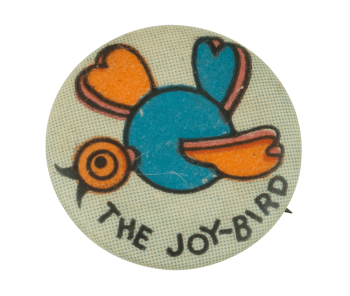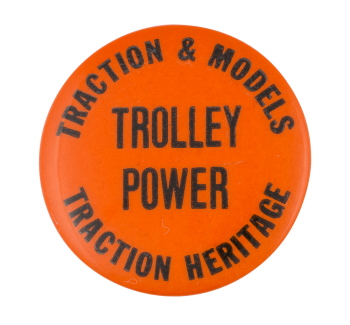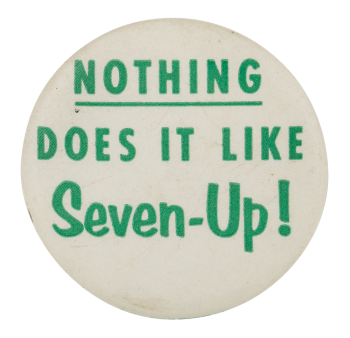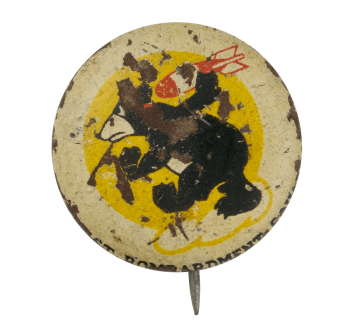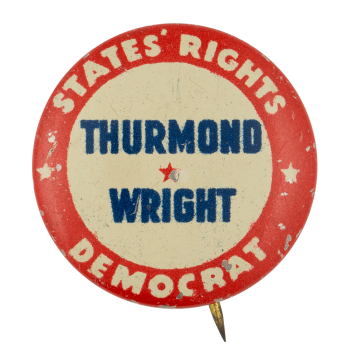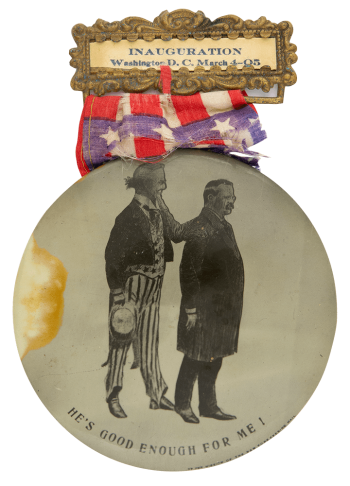Bears vs Patriots 1986
| Category | |
|---|---|
| Additional Images | |
| Sub Categories | |
| Text on Button | BEARS VS PATRIOTS SUPER BOWL XX LOUISIANA SUPERDOME NEW ORLEANS JANUARY 26, 1986 |
| Image Description | Illustration of two football helmets and blue and orange texts on a white background |
| Curl Text | AMERICAN LOGO PRODUCTS WINCRAFT WINONA MN 55987 |
| Back Style | |
| The Shape | |
| The Size | |
| Year / Decade Made | |
| The Manufacturer | |
| Additional Information | Super Bowl XX was an American football game which took place on January 26, 1986 at the Louisiana Superdome in New Orleans, Louisiana. The game was between the National Football Conference champion Chicago Bears and the American Football Conference champion New England Patriots. This was the Super Bowl debut for both teams and the Bears defeated the Patriots by 46-10 and won their first National Football League championship since 1963. The Bears defensive end Richard Dent was named the Most Valuable Player of Super Bowl XX. |
| Sources |
History.com Editors (November 16, 2009). Bears beat Patriots in Super Bowl XX. HISTORY. Retrieved from https://www.history.com/this-day-in-history/bears-beat-patriots-in-supe… |
| Catalog ID | CH0271 |







